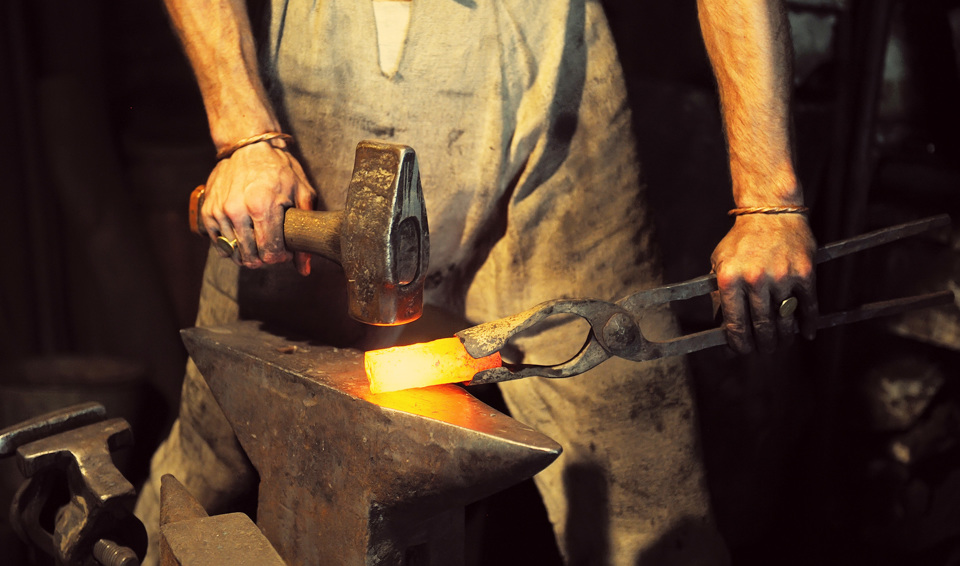Activities
Recommended:
- Acts
of Charity
- Bird
Watching
- Listening
exercises (See exercise # 1 Next!)
- Appreciation
of Architecture
- Homoeopathic
prescriptive: Spit & Substance
(See
commentary)
There
are three categories of creatures in relation to economy - being:
The
predatorily carnivorous species are of an old economy which is
predestined for extinction. The grazing, harvesting animals are of a
yet older, but now more progressive ecology - being sensitive to the
deathly forces in the astral practices of flesh eating. (The disease
in cows recently relates to such a sensitive response in being fed
animal amongst the fodder. Such reactions will only get stronger,
refusing in their natures to submit to this assimilation. Added to
this are the cellular infusions scientists are mutating species with
currently. They too, because of their Franciscan disposition, will be
prone to withdrawing from their physical forms if thus contaminated.)
Now,
it is that birds
are quite remarkable in that they may be of the category one or two,
but it is also within their nature at present to become both
reflective and responsive to their environment as well.
A
bird’s relationship to the trees and its leaves, to the earth and
the insect community within that earth, to the humidities and the
airy spaces and
the currents of
ether within ... all of these things work harmoniously
within that of his expansive being and comprehensive consciousness.
For its diminutive size, the etheric projections out from the birds
are greater than for any other creature respectively within this
world. Although extended in the warble, it primarily occurs within
the nature of the consciousness of this little being and is reflected
in his song.
One
can also study the ratios of mass into energy conversion in terms of
there being a very precise and economical transaction between the
bird’s capacity for exact
consumption and
tree-mendous vitality because of it. Just by the observing of our
beloved birds are we so enhanced also with these properties of a new
world economy as brought by them.
By
learning to
listen there are
many, many talents to be had; (that can help in conversation of
course) and one of these in aspect is of learning to pause
within ourselves - in a conscious attitude of suspending our thought
and our will and relaxing into the quiet.
This
pause is not only important to our considering the information
outside of ourselves, it also provides us with an enhanced reflective
capability - that of being able to give time to our own thoughts and
points of view.
A
man who has developed little or no episodic quiet has not the ability
to come to new reasoning and comparative thinking. The exchange of
ideas shall become only repetitions of themselves. A fellow may live
in a constant agitation from his own outpourings - being
demonstrative of but a positive flow of ‘life’ perhaps, yet
mistaken in its promiscuity when not counterbalanced by its contrast
in listening as well.
Architecture:
The skeletal
construct of any building provides spaces and dimensions quite
‘magically’ in not only the physical world, but commanded also in
the spiritual worlds as well.
Where
the frame adjoins itself at the many supports and boundaries there
are replicate models of the entire form existing in each and every
converging. This is intrinsic to the nature
of the whole -
that in every elbow and conjoining of the frame, it knows its place
in reference and actuality in the memory of the construction.
The
power of creation and of community-form is a great talent yet to be
developed further in Man. The appreciation of Architecture in
relation to Economy provides us with the spatial interpretive
concepts of wholeness and the containments to be had within.
When
we consider form we can innately feel
its composure and the transacting/opposing geometries that go to
define it.
In
the practice of homoeopathy
we find that it is not the dilution of substance alone which enhances
the etheric qualities remarkable to it but moreover it is the water
which empowers that substance, it is the water which imbibes it with
force.
Water,
by its divine nature, surrenders its body to all other commodities
upon this planet, being co-natural to every organic host - and
because of this supreme congeniality it can impart this prime virtue
of itself to those who would consciously make it so.
It
is preferable to mix and percuss all homoeopathic preparations in a
gold-lined vessel where possible, because of the sensitive and
impressionable nature of the water, remembering that it will be
liable to enhance the properties of the container as well as that of
the substance placed in it. Glass is second best, and silver a
definite no-no, for the forces introduced with silver may or may not
be providential, depending upon the conditions of the moon and the
relation of the substance to it. In point of fact the same can be
said to some degree for silverware for dining, and personal
adornments as well.
Instead
of administering the refracted substance dilute into the mouth or on
to the skin, a more powerful method is rather to drop some saliva
into the container itself and have it mix with the remedy outside
of the body -
whereupon the action will be more specific and yet of the same.
 |
| The Seven Acts of Charity - Pieter the Elder Bruegel |





